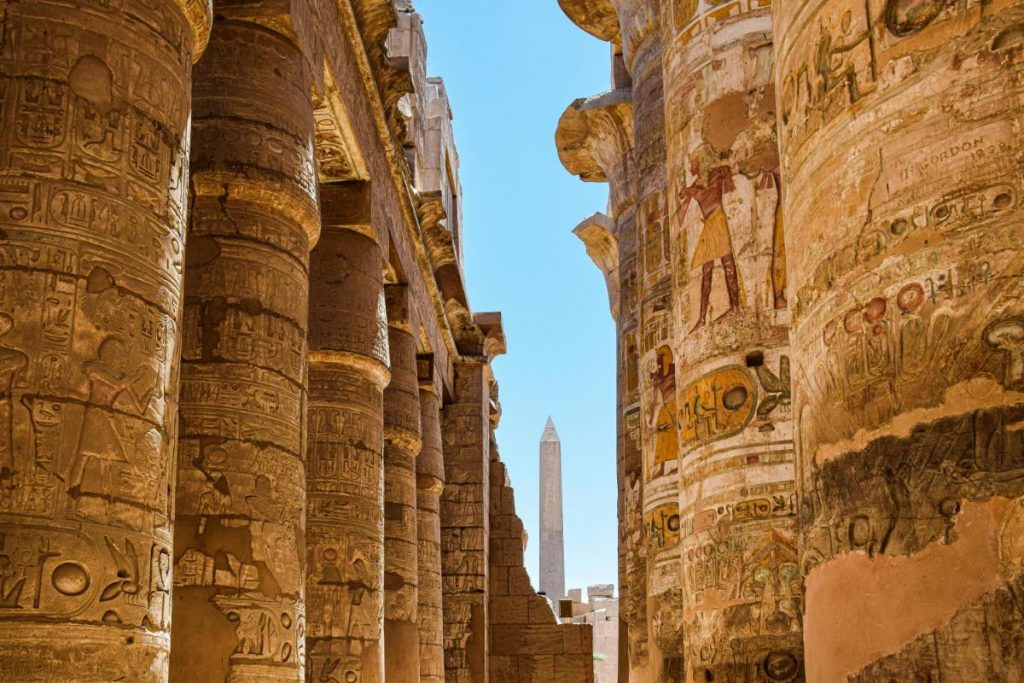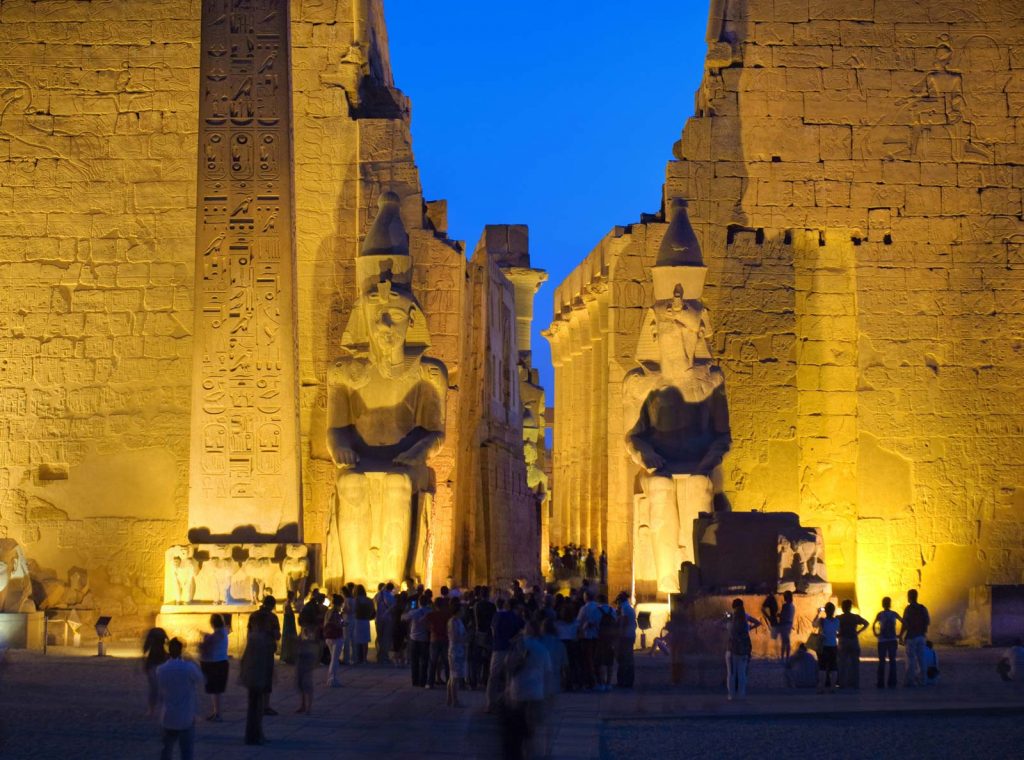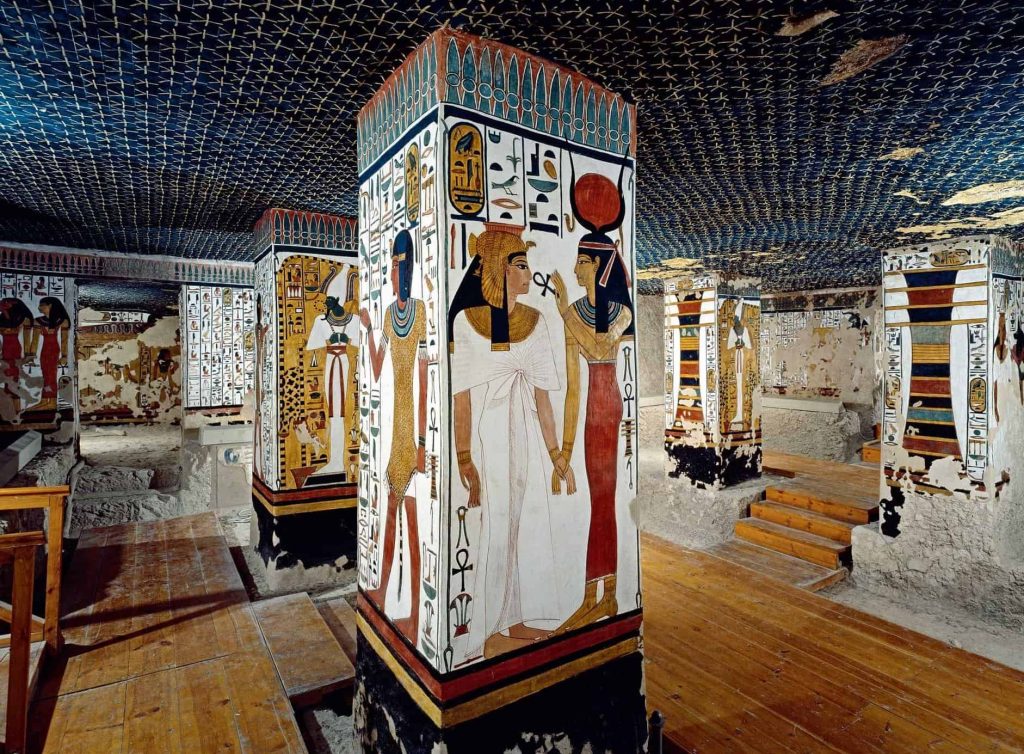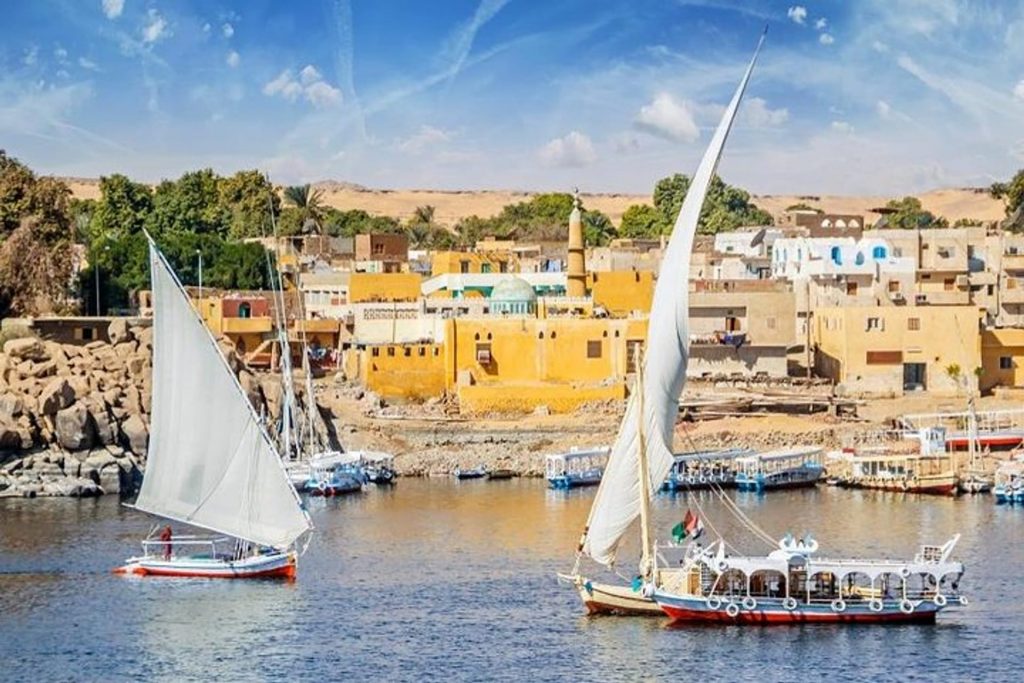
Is a Trip to Luxor Worth It? Unlocking the Ancient Wonders of Egypt’s Open-Air Museum
Luxor, often referred to as the “world’s greatest open-air museum,” holds irresistible charm for the history, culture, and legacy left behind by ancient Egypt. On the east bank of the Nile, Luxor is built on the site of the ancient city of Thebes—home to several of Egypt’s most awe-inspiring temples, tombs, and monuments.
Still, is a trip to Luxor worth it? Let’s explore Luxor, a destination that should be on top of every traveler’s bucket list.
Why Visit Luxor? An Overview of Egypt’s Timeless Jewel
The Gateway to Ancient Egypt
Once the capital of Egypt during the New Kingdom, Luxor is a city filled with historical monuments that give a glimpse into the world of pharaohs and gods. Unlike Cairo, the monuments of Luxor are relatively close to each other, and it is easy for travelers to visit all of the sites in town.
Exploring Luxor's East and West Banks: A Tale of Two Worlds
The East Bank: Luxor Temples and Vibrant Markets
No trip to Luxor is complete without exploring the East Bank with its fascinating temples and traditional souks.
Karnak Temple Complex:
This huge, sprawling complex is among the grandest and most commanding examples of architectural glory in ancient Egypt. The Karnak Temple has been a sacred place for almost 2,000 years. With several chapels, temples, and giant statues towering over you, this is bound to keep you amazed. Highlights of the Karnak Temple Complex include:
- Hypostyle Hall: A grand hall with 134 towering columns, showcasing intricate carvings and inscriptions from Ramses II and Seti I.
- Statue of Ramses II: A towering statue of one of Egypt’s most famous pharaohs, found within the complex.
- Sacred Lake: A large man-made lake used by priests for ritual purification ceremonies.
- Avenue of Sphinxes: A long path lined with statues of sphinxes that once connected Karnak and Luxor Temples.
- Temple of Amun: The centerpiece of the complex, dedicated to Amun, the chief god of Thebes.
- Obelisks of Thutmose I and Hatshepsut: 2 massive stone obelisks that stand as symbols of power and reverence to the gods.

Luxor Temple:
While Karnak is the East Bank’s crown jewel, Luxor Temple is every bit as fascinating, yet far more compact. Built by Amenhotep III and expanded by Ramses II who added most of the forecourt and great hall, its entrance is lined with a thrilling avenue of sphinx statues.

Souks:
Modern-day Luxor is alive on the East Bank, with the bustling souks offering almost a riot of colorful spices and fragrant perfumes, as well as handy crafts.
The West Bank: The Valley of the Kings and Thebes' Necropolis
If the East Bank represents the “life” of ancient Egypt, the West Bank is where the Egyptians prepared for the afterlife. Here’s what to explore:
Valley of the Kings:
Home to over 60 tombs of ancient Egyptian pharaohs, the Valley of the Kings is a spectacular archaeological site. Among the illustrious figures buried here are Ramses II, known for his monumental building projects and military conquests; Seti I, celebrated for his intricately decorated tomb; and Thutmose III, a pivotal ruler in Egypt’s history.
The tomb of Tutankhamun, famously discovered intact in 1922 by Howard Carter, stands out for its incredible treasures and unparalleled preservation, making it a focal point of Egyptology.
Visitors can explore corridors adorned with vibrant hieroglyphics and murals that vividly depict the journey to the afterlife. The tombs offer a surreal experience, with ancient paintings retaining their original colors and intricate details, providing a profound glimpse into the spiritual and artistic legacy of ancient Egypt.

Valley of the Queens
This burial site served as the resting place for the wives and children of pharaohs. It is particularly renowned for the tomb of Queen Nefertari, the beloved wife of Ramses II. Nefertari’s tomb is famed for its stunning artwork, which remains among the most beautifully preserved in Egyptian history. The vivid colors and intricate scenes in her tomb reflect the high esteem in which she was held and offer an extraordinary insight into royal life.

Colossi of Memnon
The Colossi of Memnon are two massive statues of Amenhotep III that once flanked the entrance to his mortuary temple. These imposing statues, now situated on the West Bank, are remarkable for their grand scale and detailed craftsmanship. Despite centuries of natural wear and earthquakes, the statues continue to stand as a powerful symbol of the grandeur of Amenhotep III’s reign.

Cultural and Scenic Experiences in Luxor
Hot Air Balloon Rides:
For a truly memorable time in Luxor, take a sunrise hot air balloon ride to float above the West Bank, where you’ll enjoy stunning views of temples, lush Nile fields, and the vast desert. The golden morning light adds a magical touch, providing a unique perspective on Luxor.

Felucca Rides:
For a serene and relaxing experience in Luxor, sail on traditional wooden feluccas along the Nile. Enjoy stunning sunset views behind the West Bank temples, offering a peaceful end to your day of sightseeing.

Nile River Cruises:
Don’t miss going for a multi-day Nile River cruise. Starting or ending in Luxor, these luxurious cruises allow you to explore iconic sites like Aswan, Kom Ombo, and Edfu all while enjoying the relaxation of traveling along the Nile.
Is Luxor Worth Visiting? The Final Verdict
Luxor is a standout destination, offering history, culture, and adventure. With its remarkable temples, tombs, and scenic Nile views, Luxor captivates travelers and delivers an unforgettable trip. Whether you’re interested in ancient history, Egyptian mythology, or just seeking a rich experience, Luxor is definitely worth visiting. Also, a short drive away, you can visit Denderah and Abydos, so you’ll have a truly exceptional, well-rounded trip.
FAQs About Visiting Luxor, Egypt
What is the best time to visit Luxor?
The best time to visit Luxor is during the cooler months, between October and April. During this period, temperatures are more comfortable, making it easier to explore the outdoor sites.
How many days should I spend in Luxor?
Most travelers recommend spending at least 2 to 3 days in Luxor to see the major sites on both the East and West Banks.
Is Luxor safe for tourists?
Luxor is considered safe for tourists, and security is a high priority in Egypt’s tourist areas. However, as with any travel destination, it’s essential to remain aware of your surroundings, follow local guidelines, and avoid remote areas after dark. Luxor is known for its hospitality, and visitors find it a welcoming and safe destination.
Consider traveling with Galaxia Group for added safety and convenience.